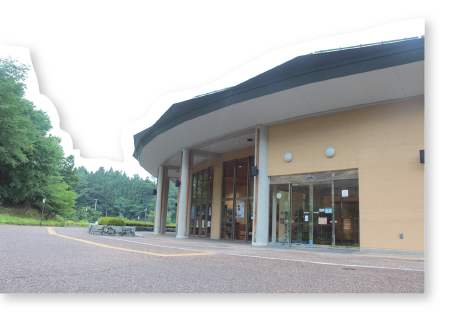Oyasuba Ancient Tomb / Bungaku-no Mori Museum in Koriyama City, Fukushima
Sponsored Links
The Feature of Style Koriyama August Issue 2018
The Road for Ancient Tomb & Literature
Oyasuba Ancient Tomb / Bungaku-no Mori Museum in Koriyama City, Fukushima
― Arinko History Expedition is on the Road 【ROOTS】―
Speaking of summer break in Japan, kids got to do their research project!!
That causes them headaches, but is worthy to challenge.
For this summer, the queen ant has put on a focus on history of Koriyama.
“Go investigate the pieces of Koriyama, my expedition crews! Check into the Ancient Tombs in Tamura-machi, and authors associated with Koriyama!
It is worth to get to know deeper!
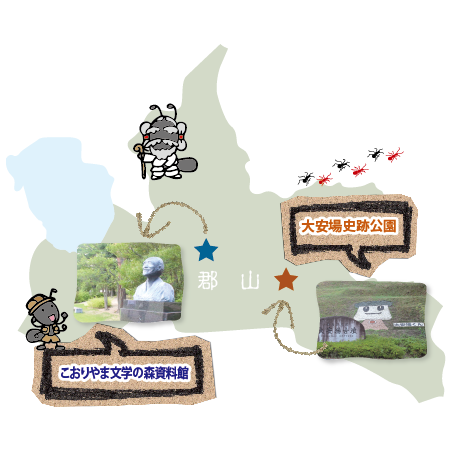
☆Happy Cheerful Characters and the Scene for This Story☆
 ●The Arinko Kingdom
●The Arinko Kingdom
The den of Arinko(ants), which is said to be somewhere in Koriyama City. Bunches of Arinko happily live together under the queen ant.
●Arinko(Ants)
Curious about everything. Usually live peacefully but form a party and go exploring when they sniff out an adventure.
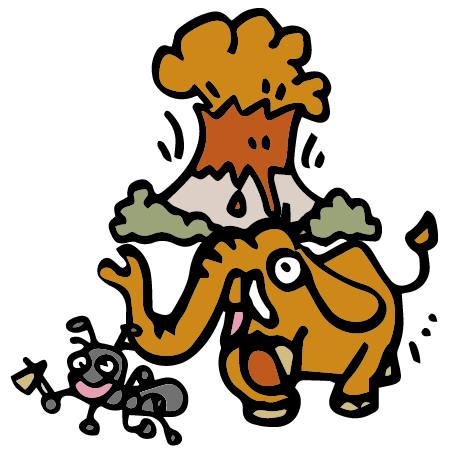
What is Oyasuba Historic Park like? What do they have there?
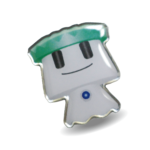

Oyasuba Historic Park is a city park (comprehensive park) which was opened on April 4th, 2009(Heisei 21st year). It was developed along with Oyasuba ancient tombs around the area, which were found in 1991 and selected as a national historic site in 2000.
Not only you can climb up the tombs, but they exhibit artifacts, occasionally hold experiential learning events, and have an adventure playground and a kids playing field. It is a really good place to visit again and again.
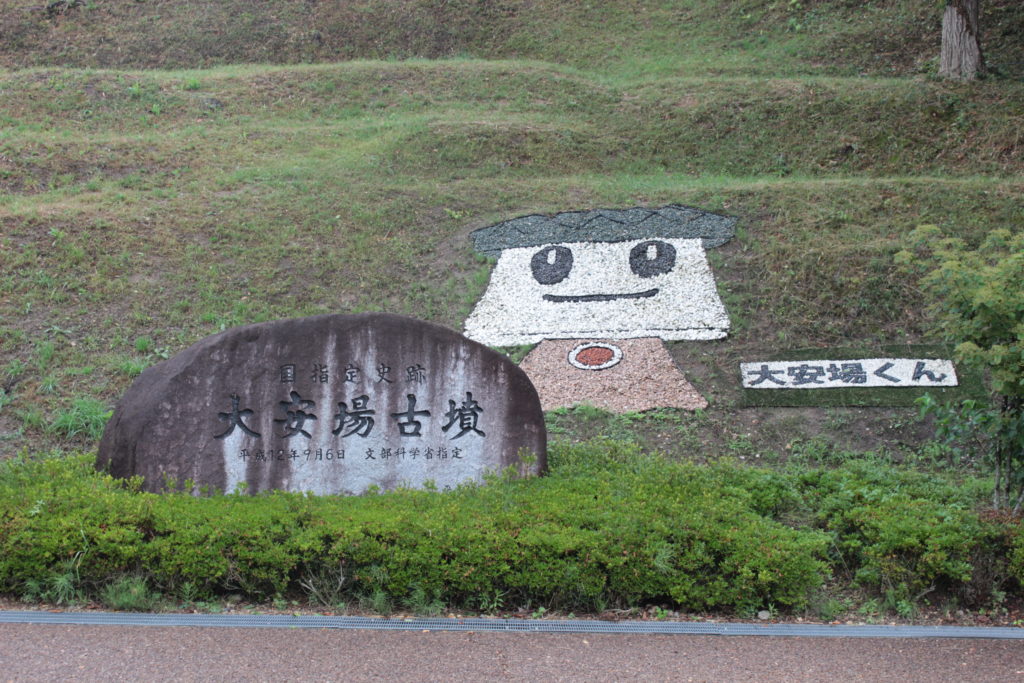
Haniwa(Terracotta Clay Figures)
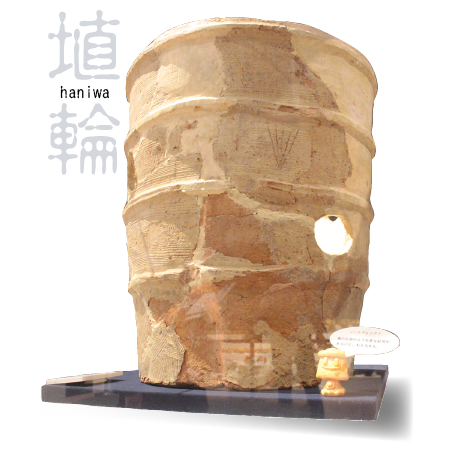
What is temporary exhibition of “Koriyama at the time of five kings of Wa” like?
The world used to call Japan “Wa” in tumulus period, when controlled by rulers called 大王(Ōkimi). From the end of 4th to the mid- 5th century, a great change occurred since the tumulus culture spread through Japan. The exhibition shows you how it went, by displaying the artifact materials of Koriyama.
Were there ancient tombs and remains in Koriyama?
Yes. Many small ancient tombs existed though they were not as large as the ones in Nara and Osaka (the center of administration at that time). Not only Oyasuba Ancient Tomb, the biggest rectangular-shaped tomb in the northeast area of Japan, but other many ancient tombs and remains were discovered in Koriyama.
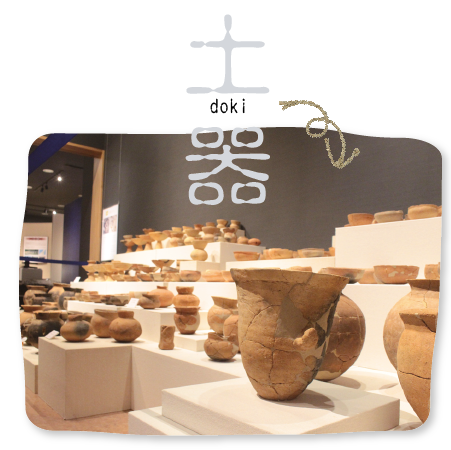
Ancient Pottery
The exhibition shows 200 of ancient potteries. It is rare that such many items are displayed at one time. The left sides of them are black because they got sooty when used in a fire pit.
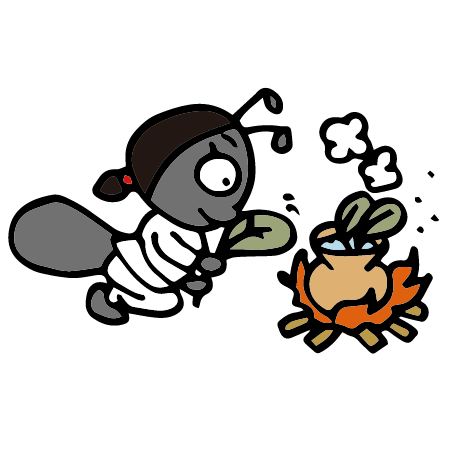
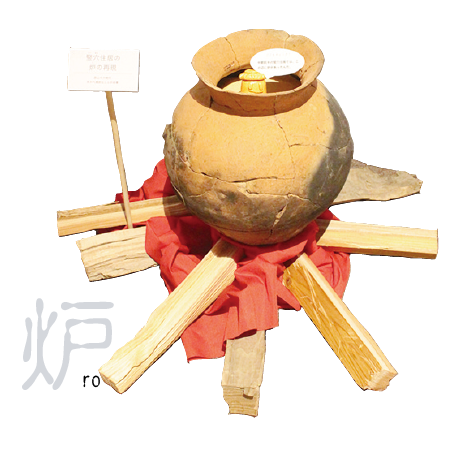
Fire Pit
The fire pit had been more like a fire place. Then it became a big kitchen fireplace built in a wall. Along with that, the new shapes of pottery get created, such as Takatsuki (a single-legged serving tray), and long-shaped pottery pots for cooking.
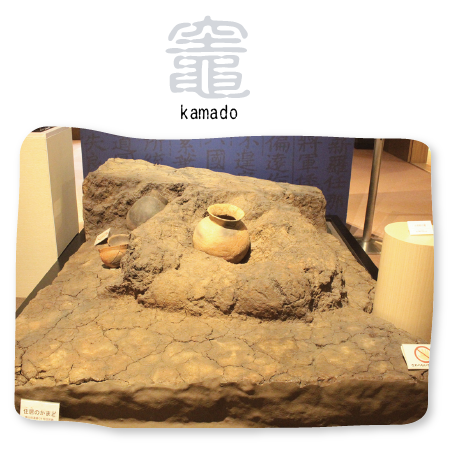
Kitchen Fireplace
Wow! This is the kitchen fireplace entirely moved from the actual excavation site!
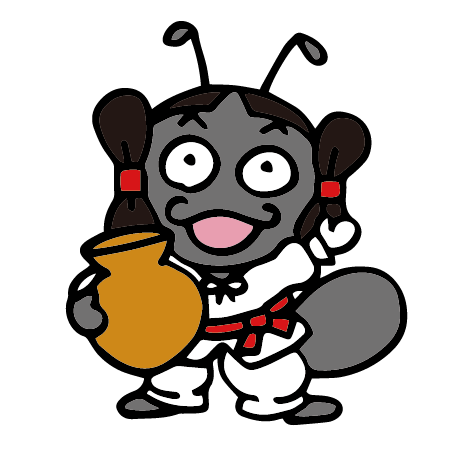
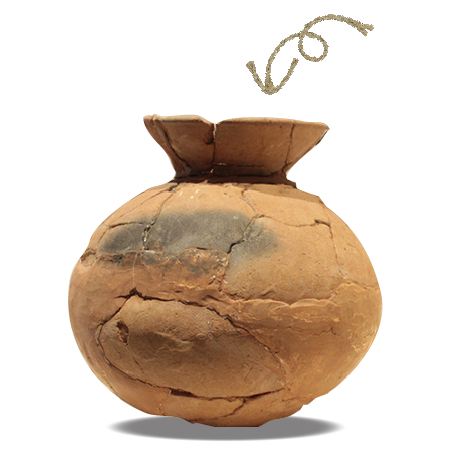
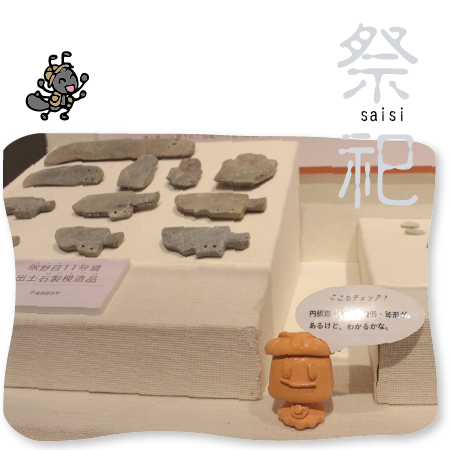
The Ritual
These are stone replicas of ritual items for worship gods and burial ceremonies. These miniatures of swords and small knives are made of soft stones called talc. So cool♪
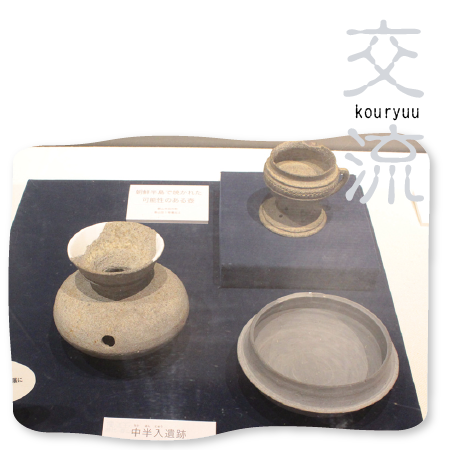
Cultural Interaction
This unglazed ceramic pot is said to be possibly made in Korean Peninsula. That means it was imported at that time. Very thin, elaborate, and stylish!
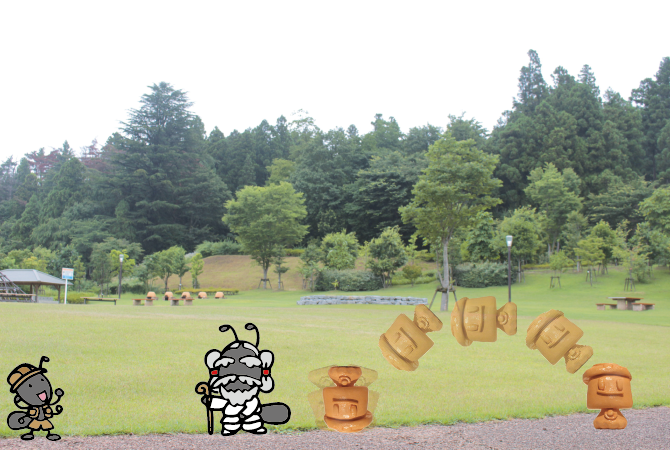
What do we learn from studying remains and artifacts?
 The exhibition is displayed from 7 different points of view: Dwelling House, Ancient Pottery, Community, Ancient Tomb, Ritual, and Cultural Interaction. For example, you can see how the ancient people lived, such as how they connect, interact, and move themselves and things, by observing the imports including unglazed ceramic pots and iron items from Korean Peninsula. It is amazing that ancient things still exist!
The exhibition is displayed from 7 different points of view: Dwelling House, Ancient Pottery, Community, Ancient Tomb, Ritual, and Cultural Interaction. For example, you can see how the ancient people lived, such as how they connect, interact, and move themselves and things, by observing the imports including unglazed ceramic pots and iron items from Korean Peninsula. It is amazing that ancient things still exist!
Things mentioned above are just a part of enjoyment. Hope this will help kids for their project. This park is very spacious, so it is a perfect place to play outside too!
Oyasuba Historic Park
TEL: 024-965-1088
Address: 160 Oyasuba, Daizenji, Tamura-machi, Koriyama
Open Hours: 9:00am – 5:00pm
Close Days: Mondays/ New Year Season (The Park Area is open for 365 days)
Entrance Fee: Free
What is Bungaku-no Mori Museum like? What do they have?
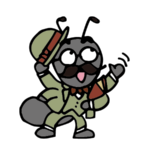 Koriyama used to be a small post town and became a big city primarily by developing Asaka area. The museum is a resource center, located at Kaiseizan, the center of the development. Its name of “Bungaku-no Mori (Literature Woods)”derives from the old name of Kaiseizan, “Hanare Mori (Distant Woods)”.
Koriyama used to be a small post town and became a big city primarily by developing Asaka area. The museum is a resource center, located at Kaiseizan, the center of the development. Its name of “Bungaku-no Mori (Literature Woods)”derives from the old name of Kaiseizan, “Hanare Mori (Distant Woods)”.
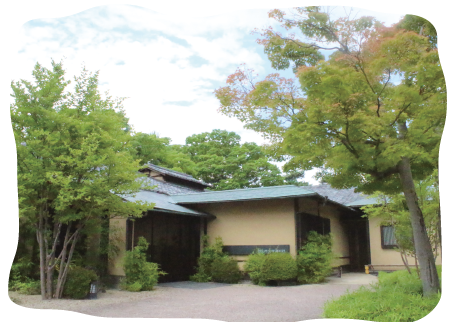
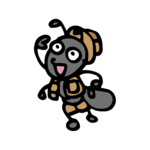
The recent topic is about great writers!? Now, more young women seem to be interested in classic literature because of the comics and games about them. Atsushi Nakajima and Osamu Dazai are in “Bungou Straydogs”, and Masao Kume is in “Bungou Alchemist”.
Who are the authors they have in their display?
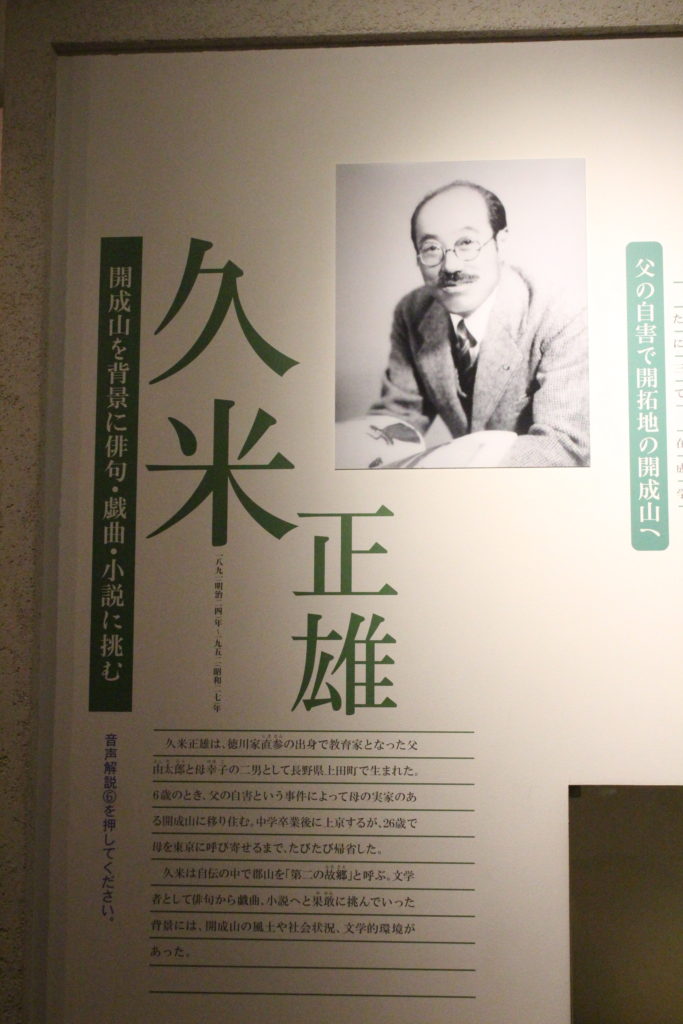
They are Masao Kume, a pupil of Soseki Natsume and Yuriko Miyamoto, an author of “A Crowd of Poor People” (also a grand-daughter of Masatsune Nakajo, called “A father of Asaka’s Development”). You can see materials and traces of modern literature authors associated with Koriyama.
Also, they have valuable materials such as letters written by the authors, and you can see Ryunosuke Akutagawa in the old movie.
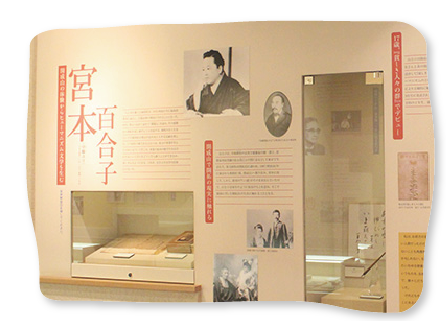
Yuriko Miyamoto showed up in the literacy world with her story of “A Crowd of Poor People” when she was 17. The story was set in Koriyama at the time of Asaka development.
Koriyama City holds two types of literature competitions; “Santei Prize” for Haiku, named after the pen name of Masao Kume; “Kume Prize/ Yuriko Prize”, which invites students in the third grade of junior high school for unpublished novels and poets.
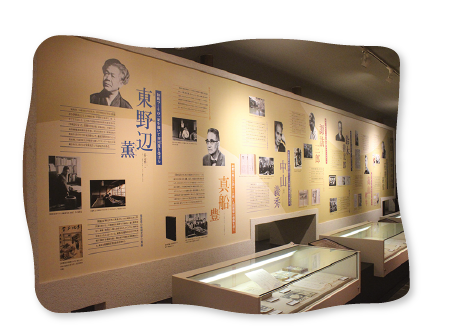
There are three Akutagawa Prize winners; Gishu Nakayama; Kaoru Tounobe; Sokyu Genyu, who graduated from Fukushima Prefectual Asaka High School in Kaisei area
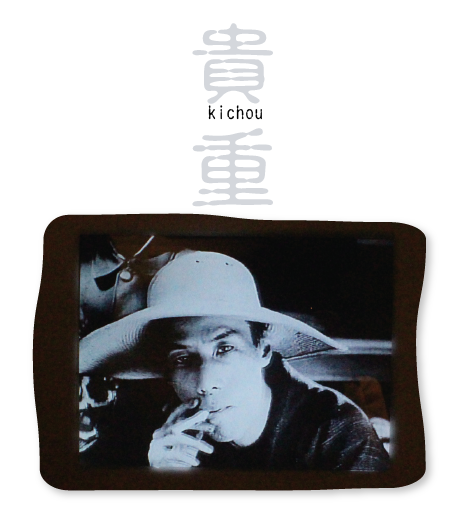
Valuable Piece
Masao Kume, a pupile of Soseki Natsume, had many friends. The Movie of Ryunosuke Akutagawa (a bit before his death) and his friends are very valuable, which you cannot see anywhere else.
Can I enjoy even if I don’t know well about Literature?
Yes! Not only the Permanent Exhibition, the Special Exhibition and Temporary Exhibition are held several times a year. Great chances to get close to the works of famous authors!
The Memorial Hall of Masao Kume is a house designed in a style combined with Japanese and Western. He spent his late life as an author in the house. You can go and see inside, and enjoy walking around the large garden!!
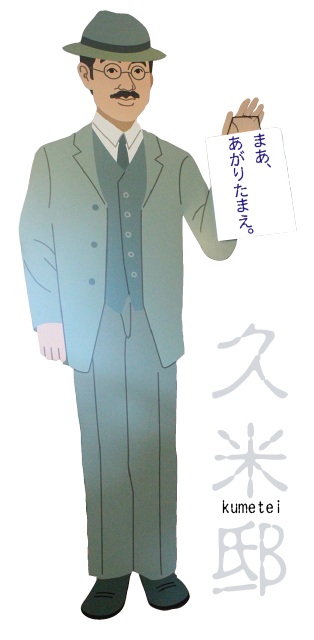
The House of Kume
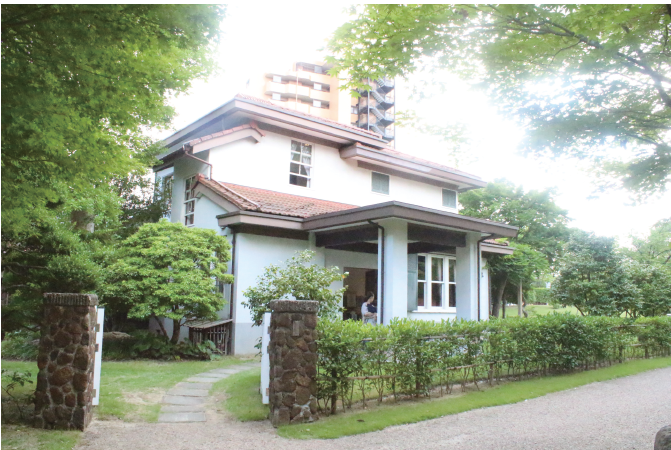
The First/Ground Floor

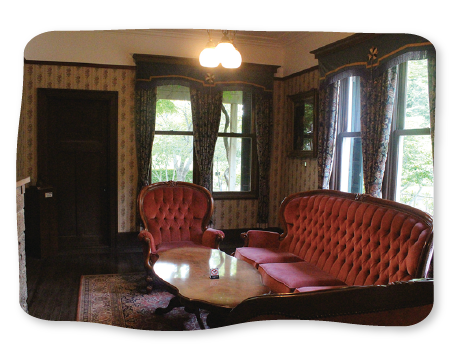
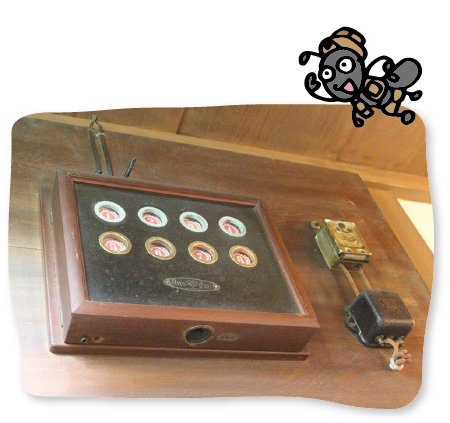
A device to inform the number of people to prepare tea. Used by students and maids. This was so Kume since he loved new things.
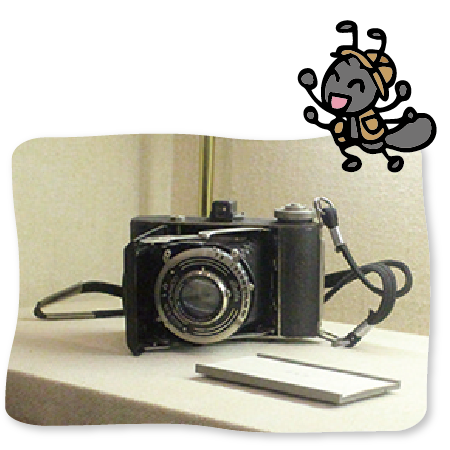
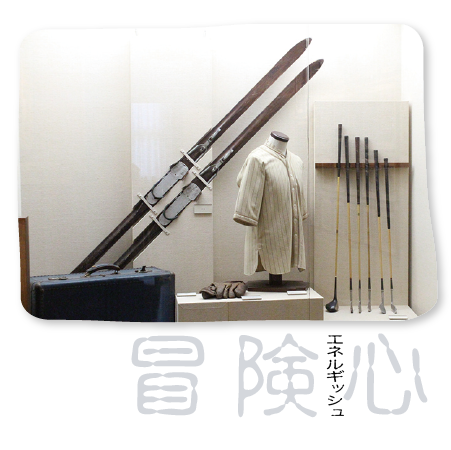
Energetic, Adventurous Spirit
A trunk Kume used. He traveled the world round twice. You can tell his personality from his belongings, such as golf tools made of rare materials, and heavily used gloves.
The Second/Frist Floor
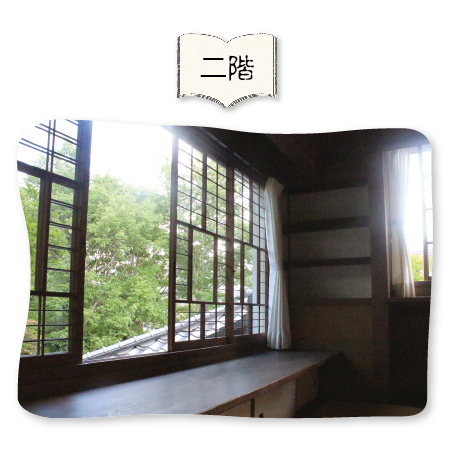
A desk in his office on the second floor. People say “you can get smarter” by rubbing your head after touching the desk since Kume was excellent at school (Tokyo Imperial University’s English Literature Department). They get thank you letters from kids who got better grades.
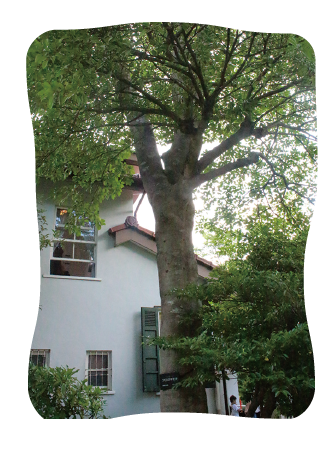
 Visit while taking a walk, and you can learn about authors associated with Koriyama, modern literature, and Kume. He was such an energetic friend-oriented person, and also a successful playwright.
Visit while taking a walk, and you can learn about authors associated with Koriyama, modern literature, and Kume. He was such an energetic friend-oriented person, and also a successful playwright.
Koriyama Bungakuno-Mori Museum
TEL: 024-991-7610
Address: 3-5, Toyota-machi, Koriyama, Fukushima
Open Hours: 10:00am‐5:00pm ※Enter before 4:30pm
Closed Days: Mondays, New Year Season, Inventory Days
※When Monday is a national holiday, we will close the following day
Entrance Fee (for both Literature Museum and Memorial Hall altogether)
<Individuals> Adults: 200JPY
Students of High School, University and other equivalent school: 100JPY
<Groups> Adults: 150JPY
Students of High School, University and other equivalent school: 70JPY
※One group needs to be 20 people or more.
Free for students of Junior High School and the younger, people aged 65 and over, and people with a disability notebook.
Parking Space: Parking Space in the west side of Comprehensive Gymnasium
The more you learn, the more you get moved! Don’t you think what we learned at school is so partial? “The Project of Asaka Development and Asaka Drainage Works”, which supported the growth of Koriyama as its foundation, was certified as one of the Japanese Heritages in 2016. Well, that’s all for today! We will keep updating information about Koriyama City!
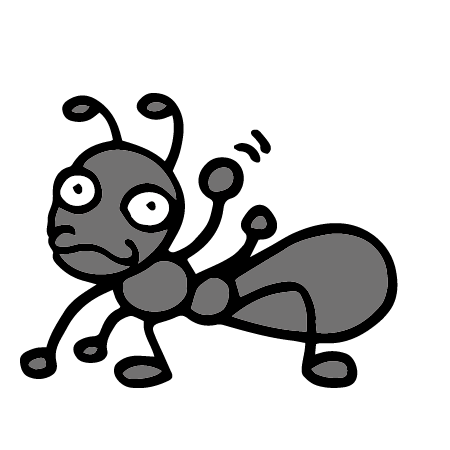
Sponsored Links


